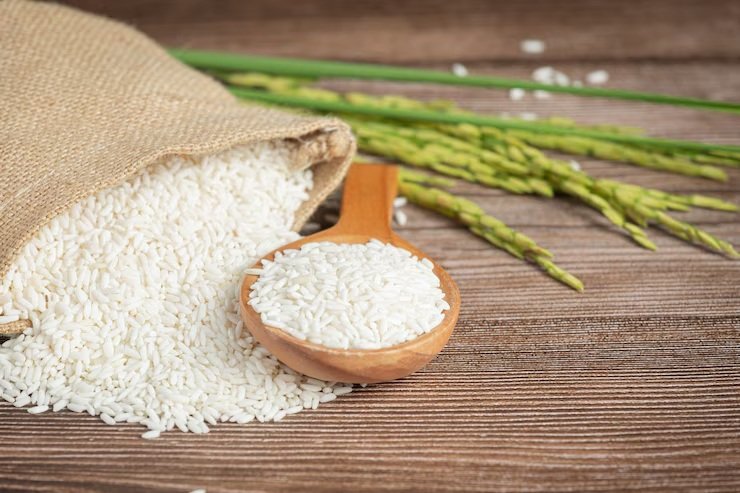Challenges in Rice Stocking and Procurement in Punjab
18-Nov-2024 10:32 AM

Challenges in Rice Stocking and Procurement in Punjab
Punjab, which has been a major rice producer in India, is facing several challenges related to its paddy procurement and rice milling processes:
Excess Rice Stocks in Punjab:
Currently, 114 lakh tonnes of rice are lying in godowns in Punjab, indicating a significant overstock situation.
The large quantities of unsold rice in storage create logistical and financial strain, particularly in terms of warehousing costs and the need to maintain quality.
Decline in PR-126 Paddy Variety:
The PR-126 variety of paddy, promoted by the Punjab government for its water efficiency, has become problematic for millers.
While the variety was intended to reduce water consumption, it is now creating difficulties in the milling process. The out-turn ratio (the amount of rice obtained from a given quantity of paddy) of PR-126 is significantly lower than that of other varieties.
FCI standards dictate that 67 quintals of rice should be produced from 100 quintals of paddy.
However, the PR-126 variety only yields 60-62 quintals, leading to a loss of Rs. 300 per quintal for millers.
This reduced yield is particularly burdensome for millers, as it impacts profitability and increases processing costs.
Target for Rice Procurement:
The Center has set a target of 124 lakh tonnes of rice to be procured from Punjab for the 2024-25 Kharif marketing season.
To meet this target, the plan is to buy around 185 lakh tonnes of paddy by November 30, 2024.
As of November 16, 158 lakh tonnes of paddy had already reached the mandis, with 153 lakh tonnes purchased and 128 lakh tonnes lifted. While the procurement process is ongoing, the high quantity of paddy arriving in mandis is also contributing to storage and logistics challenges.
Impact on Millers and the Market:
The combined issues of excess stocks and lower milling efficiency for certain paddy varieties have caused frustration among millers. They are facing financial losses due to both the lower yields and the overstock situation in the market.
In addition, the increasing procurement target and lower processing efficiencies could further exacerbate financial pressures on the milling industry.
~~~~~~~~~~~~~~~~~~~
Bangladesh Rice Tender
In parallel, there is an international rice procurement opportunity that may benefit India, especially given the current surplus of rice:
Bangladesh is issuing a tender for 50,000 MT of Non-Basmati Par-Boiled Rice.
The tender will open on December 2, 2024, with a delivery timeline of 40 days from the opening of the Letter of Credit (LC).
Payment Terms: CIF Liner Out (Cost, Insurance, and Freight).
Port Locations: Chittagong (60%) and Mongla (40%).
Delivery Requirements: 50% of the rice quantity must be delivered within 25 days of LC opening.
Given the high availability of Indian rice and competitive pricing, India is well-positioned to win this tender. The availability of large quantities of rice in Punjab could help meet Bangladesh’s rice needs at a competitive rate, potentially easing some of the overstock issues in India.
Summary of Key Issues:
Overstocked Rice: 114 lakh tonnes of rice in godowns is creating storage and logistical challenges.
PR-126 Paddy Problems: This water-efficient variety has a lower milling yield, causing financial losses for millers.
Procurement Targets: Punjab is expected to meet a high procurement target of 124 lakh tonnes of rice for the 2024-25 season, but storage and processing issues persist.
International Opportunity: Bangladesh's rice tender presents a potential export opportunity for India, which could absorb some of the surplus rice, but may not entirely resolve the domestic issues.
Addressing the immediate logistical challenges and inefficiencies in milling could help Punjab’s rice sector, while the export tender could provide some relief by tapping into international markets.
